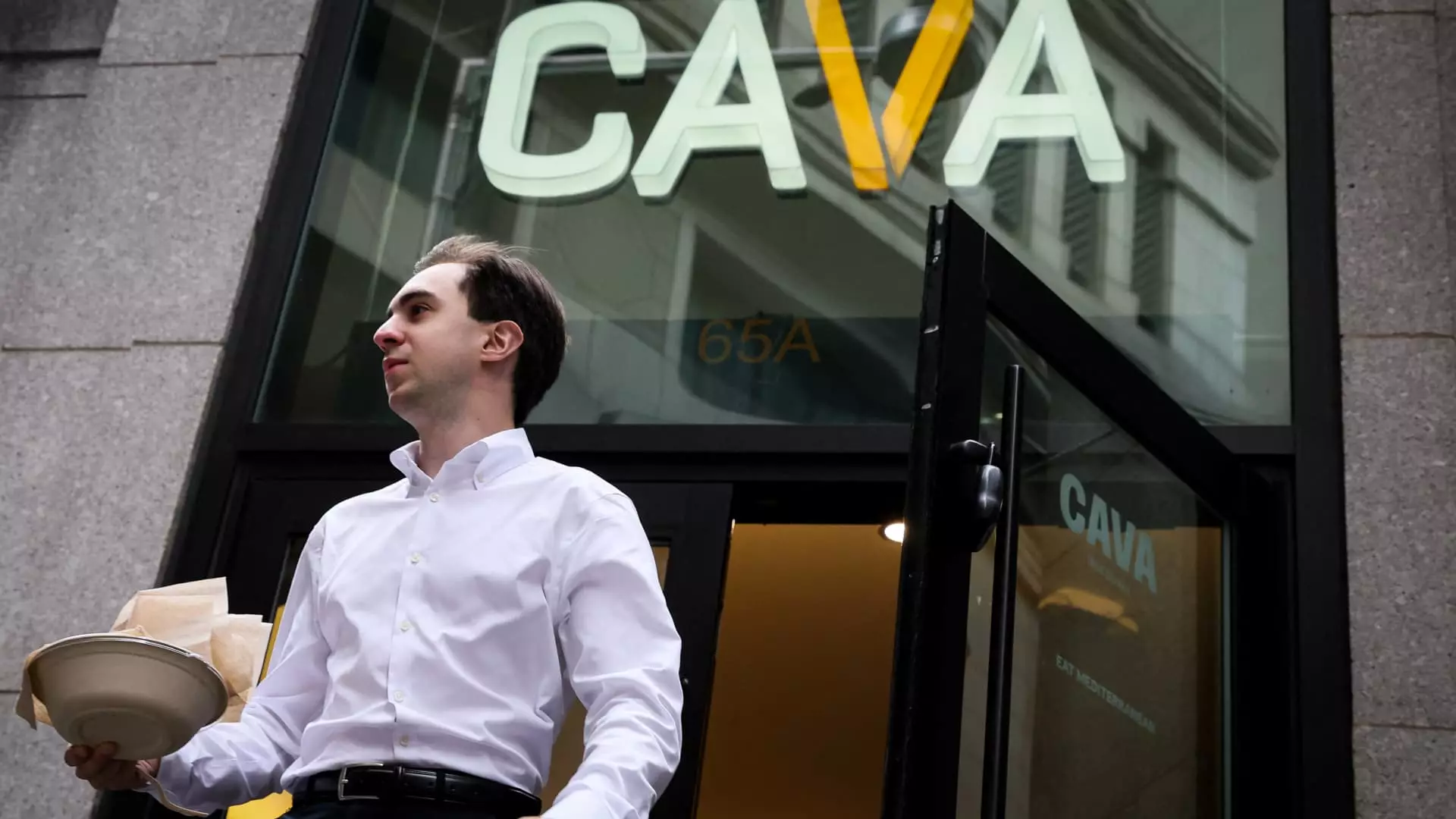In an era marked by economic uncertainty and tightening consumer budgets, the restaurant industry finds itself at a critical crossroads. Traditional dining habits are waning, with fewer patrons frequenting eateries regularly and overall sales struggling to keep pace. Amid this turbulence, the concept of loyalty programs—once viewed as a bonus—has transformed into a vital weapon for brands seeking to maintain relevance and profitability. These programs are no longer superficial incentives but strategic pillars designed to foster deep-seated customer relationships that can withstand economic downturns.
Loyalty schemes, when executed effectively, serve as more than economic buffers—they are potent tools for shaping consumer behavior. As customers become more discerning and cost-sensitive, brands that neglect to forge meaningful, personalized connections risk losing their foothold. During tough times, these programs tend to intensify their importance, fostering habits that go beyond transactional interactions. They evolve into a form of social glue, embedding brands into the daily lives of consumers and making them indispensable.
The Power of Rewards: From Incentives to Necessities
Data unveils a compelling narrative: customers enrolled in loyalty programs visit their preferred brands significantly more often—up to 22% more frequently—and demonstrate a propensity to patronize these establishments at twice the rate of non-members. For industry giants like Starbucks and Chipotle, the numbers are striking. Starbucks boasts over 34 million active rewards members, with a majority of U.S. transactions originating from these loyalists. Meanwhile, Chipotle’s program—bolstered by 20 million active users—contributes approximately 30% of daily sales, a staggering figure in an industry where margins are razor-thin.
These figures underscore an unassailable truth: the loyalty mill is a force to be reckoned with. For brands like Cava, which boasts over 7 million members, the program is so integral that revamped structures now allow members to earn and redeem points with flexibility, offering instant gratification through perks like free pita chips. Such innovative adaptations signal an understanding that consumers craving value are not just looking for discounts but engagement that makes them feel valued and appreciated.
Innovation and Creativity: Reinventing Loyalty Strategies
In a competitive landscape, standard rewards programs are no longer sufficient. Forward-thinking brands are pushing the envelope, crafting experiences that entertain, delight, and surprise. Cava’s recent initiative, for example, leverages themed events and exclusive challenges to keep members engaged. The introduction of fun characters like “Peter Chip” on National Pita Day exemplifies how brands are turning loyalty into entertainment, strengthening emotional bonds.
Similarly, Chipotle’s “Summer of Extras” campaign, which offers over a million dollars in free burritos, exemplifies how brands are gamifying engagement to generate buzz and encourage repeat visits. These efforts are not merely marketing ploys but calculated moves aimed at cultivating ongoing relationships. Moving away from traditional tiered structures, some chains are exploring tierless models, offering instant access to perks and rewards, which makes participation less cumbersome and more appealing especially during economic downturns.
Sweetgreen’s overhaul of its subscription-based loyalty system further reflects this shift. By streamlining its program to meet consumers’ desire for simplicity and transparency, it demonstrates a nuanced understanding: loyalty schemes must evolve to satisfy an increasingly discerning and skeptical audience.
The Dark Side: Cost, Profitability, and the Risks of Over-Promising
While innovative loyalty programs are attractive, they are double-edged swords. Promotions and freebies inevitably cut into thin profit margins that are characteristic of the restaurant industry. Brands must tread carefully; over-reliance on discounts can erode profitability and diminish perceived value. Moreover, the risk exists that customers come to expect frequent rewards, rendering regular full-price purchases less attractive or even unnecessary.
For all their advantages, these programs can become unsustainable if not managed meticulously. The initial gains in engagement often come with increased costs, and without strategic reinforcements, brands risk falling into a cycle of diminishing returns. It’s a delicate balancing act: designing programs that motivate but do not bankrupt, that reward without devaluing, and that foster loyalty without fostering inflation in costs.
Even giants like Starbucks, which are seen as industry pioneers, have faced criticism for watering down their rewards—removing certain bonuses in favor of broader but less lucrative perks. This signals an important lesson: loyalty is fragile if customers perceive that the value propositions weaken or are manipulative.
Forecasting a Future of Evolving Loyalty Tactics
Looking ahead, the landscape of loyalty programs in the fast-casual industry remains dynamic and unpredictable. Brands will have to innovate continually, using data-driven insights to personalize experiences and rewards. Simultaneously, they must ensure these innovations are sustainable, balancing short-term engagement with long-term profitability.
The integration of technology—digital wallets, mobile apps, social media challenges—is just the beginning. Future loyalty strategies must become more intuitive, seamless, and embedded into consumers’ lifestyles. But more than anything, brands should remember that loyalty programs are only as strong as the genuine relationships they nurture. As economic weariness persists, it is these relationships—built on trust, adapted with innovation, and maintained with authenticity—that will determine who survives and who fades into obscurity.


Leave a Reply